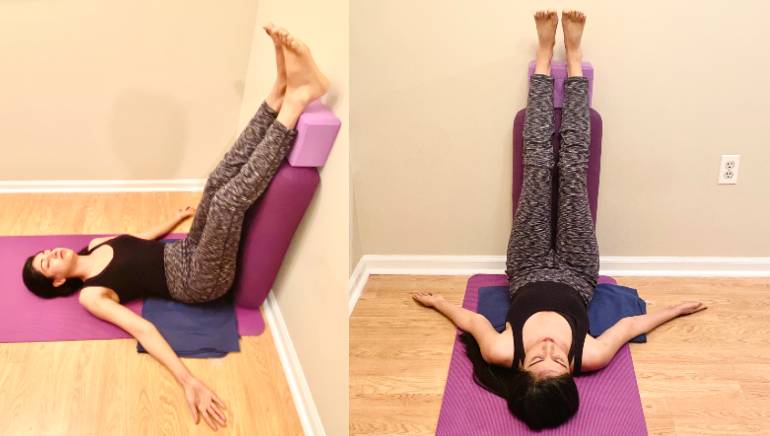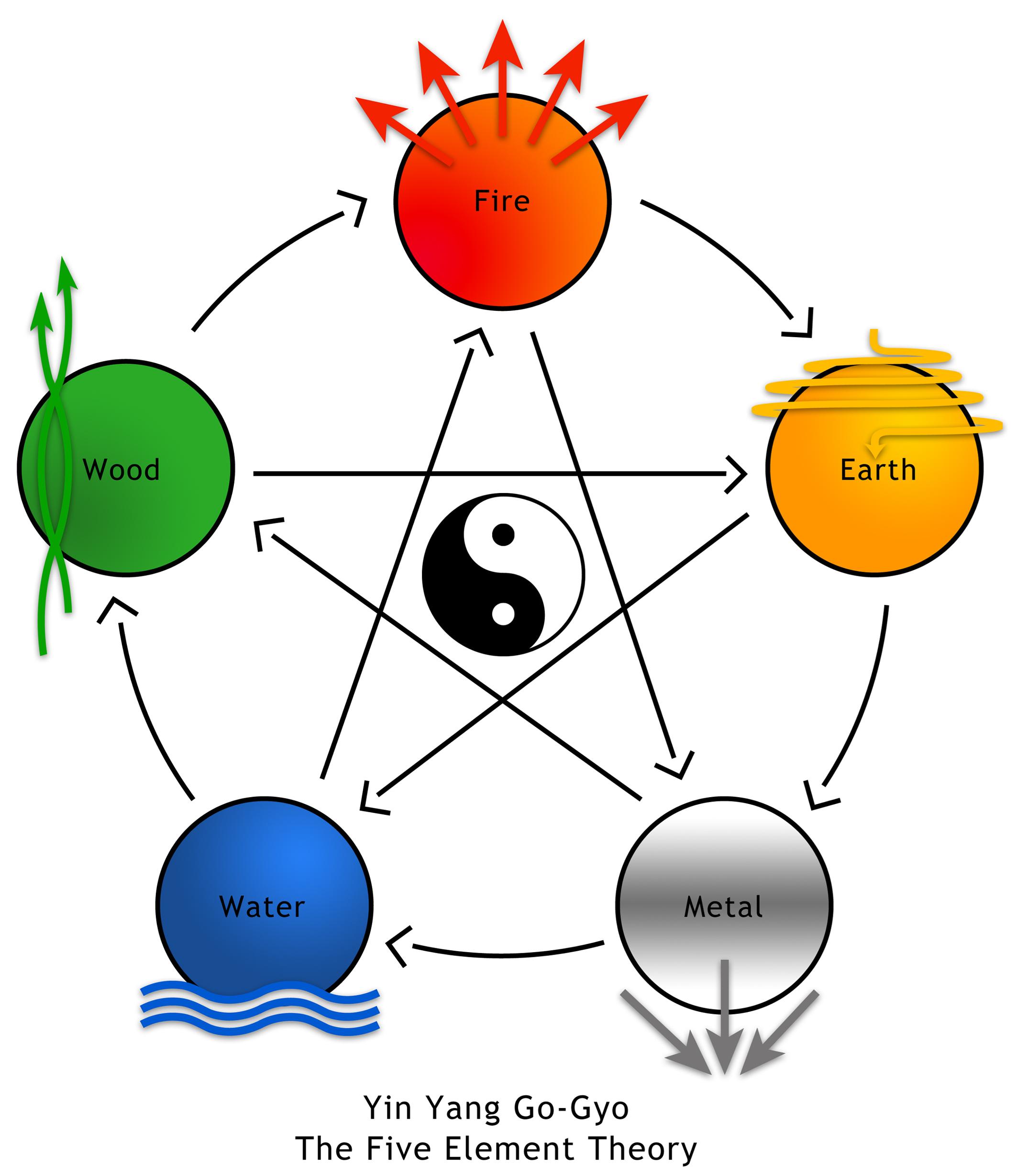
It can be difficult to practice yoga in cold conditions. You must be careful about your poses and transitions. The temperature might also need to be adjusted. Many studios offer outside classes in the winter. These classes can be quite intense. You will also need a sturdy yoga mat.
Cold yoga is a form of yoga that is practiced in temperatures below 45 degrees Fahrenheit. It's a special type of yoga that demands you to concentrate on breathing and move fast. It also uses your metabolism to maintain your internal temperature. This type of yoga is believed to improve your health. However, it is not recommended that beginners attempt this type of yoga. There are other types of yoga that are suitable for beginners.
The cold environment also boosts your alertness and energy. Your heart rate will increase while you do your yoga practice, which will help you lose calories and get you started on your fat-burning journey. A cool environment can also improve your sleep quality.

Cold yoga also releases endorphins, happiness hormones. You can maintain a healthy body weight by having your hormones balanced. Cold exposure can increase your immunity system, which can help to live longer, stay healthier, and be more healthy.
During the cold months, many studios offer outdoor yoga classes. This is a popular activity, especially for those who live in regions with long winters. However, outside exercise in cold conditions can increase the likelihood of frostbite. Outdoor exercise can also be intense, and may require extra energy in order to stay warm.
Snowga, another form of outdoor yoga, is also available. Snowga utilizes an indoor ski slope for a cold environment. Snowga can also help to move your lymphatic system, which can aid in flushing out toxins.
Cold yoga is a new trend that has come out of the fitness industry. This type of yoga is unique because it uses your body’s metabolism and maintains your internal temperatures. Cold yoga has been around for a while, but it is only recently becoming more popular. In New York City, the first studio to offer this practice was in fact its origins.

Today, there are many more cold yoga studios across the country. Brrn is one of these studios and has recently opened a new studio in Manhattan's Flatiron District. Brrn offers three classes: yoga-inspired strength, mobility, high intensity interval training (HIIT) and cold yoga. Each class is held at 60-45 degrees Fahrenheit. These workouts target muscles that haven't been used before. They also utilize meditation, journaling, and self care.
Some studios offer informational and workshops on cold yoga. The Alo Warrior Mat makes a great choice in cold-weather yoga. The mat is sturdy and very grippy.
This is a great way to get fit. While cold yoga can be challenging, there are numerous benefits.
FAQ
How long do yoga classes take?
Most yoga classes run anywhere from 45 minutes to 90 minutes. Some teachers offer shorter or longer sessions, at different times during the week.
Do I need to have special equipment in order to do yoga?
Yoga does not require special equipment. You might prefer to use certain props, such as blankets, straps and blocks.
If you are interested in buying these items, please check out our Yoga Equipment Guide. We prefer to use natural materials instead of plastic.
What should I do to begin practicing yoga?
You will need a mat (some are foldable), some loose clothing, and a towel or blanket to place under your head while lying down.
In addition, you may also need some props such as blocks, straps, bolsters, blankets, or towels for certain poses.
However, in general, you don't need any other things. It is important to have the desire to make positive life changes and the willingness to work hard to start yoga.
What are the health benefits from yoga?
Yoga is an ancient Indian practice. Yoga was created by Hindu monks to improve their mental and physical well-being over the centuries. Many people use yoga for relaxation and stress relief. Some people believe that they can increase their flexibility and strength through yoga.
Yoga can also improve balance and coordination. This makes it an excellent exercise for older adults who wish to remain active. It can prevent injuries from falling or other causes.
Yoga strengthens your cardiovascular system, which is why it's good for your heart. This is beneficial if you are obese, have high cholesterol, or have diabetes.
Yoga can also help with stress, anxiety and depression. These conditions can cause chronic pain so it is especially important to practice yoga for those with arthritis and/or fibromyalgia.
As you age, your muscles lose some of their elasticity. Yoga is a great way to keep your muscles strong and flexible. You'll find that yoga gives you more energy and stamina as you age.
According to The National Institute on Aging yoga regularly has been shown in studies to reduce symptoms of depression like fatigue and feelings of hopelessness. According to the institute yoga can increase bone density and lower cholesterol.
Yoga also can help relieve back pain and headaches. Because of its slow pace and gentle movements, yoga is particularly effective in relieving muscle strains.
What happens to my clothes after I do yoga?
Most likely yes. The majority of yoga pants have elastic waists and can be worn as a stretchy garment. They should be loose enough to wear during a workout, and not feel constricting.
Yoga pants may not fit well if your weight has dropped recently. You might consider shorts or leggings in this situation.
What foods should you avoid after doing yoga?
You may experience a decrease in energy levels if you avoid certain foods. It could also cause you to feel bloated. You may feel tired after practice.
Statistics
- The people in the yoga group were 37 percent more likely to have quit smoking by the end of the 8-week program. (nccih.nih.gov)
- Gentle yoga has been shown to ease some of the discomforts of tender, swollen joints for people with arthritis, according to a Johns Hopkins review of 11 recent studies. (hopkinsmedicine.org)
- Lock in 25% off your Founding Member rate. (corepoweryoga.com)
- Start your Fall off right with 20% off All Access Membership when you sign up by 9/25! (corepoweryoga.com)
- According to calorie estimates calculated at Harvard Medical School, the average 125-pound person burns about 120 calories in a half hour of hatha yoga, and a 185-pound person burns about 178 calories in that half hour. (everydayhealth.com)
External Links
How To
Is yoga a good way to exercise?
Yoga is not just for people looking to lose weight. Yoga is not just for those who want to lose weight. It helps them develop flexibility and balance.
Yoga isn't just exercise, but an art form. The poses can be used to relax or meditate. They improve posture, concentration, and respiration.
Yogis are those who practice yoga. Yogis follow various forms of yoga, including Hatha, Ashtanga, Iyengar, Vinyasa, Bikram, Kundalini, Yin Yang, and Restorative.
There are many different types of yoga. They all have the same goals. Each type is focused on different aspects. Yoga styles include Hatha, pranayama (meditation), and pranayama (pranayama).
You don't need any equipment for some yoga exercises:
-
Sun Salutation - This series of 12 postures starts with a forward bend, followed by 10 other poses.
-
Warrior pose - This is when you hold a stick or a staff and take a warrior's pose.
-
Triangle Pose-This pose requires you to lift one leg behind you while bending at the knee.
-
Standing Forward Bend - This position involves bending forward from the waist and putting your legs straight on the floor.
-
Seated Twist - This pose is performed while seated on a chair or mat.
-
Cobra Pose – This is a pose where you lie flat on your back and raise your arms above your head.
-
Child's pose - This is when you are lying on your back, face up.
-
Cat/Cow Pose- This is a combination of a cat/cow pose. As you lie face down, lift your upper body off of the ground. Then roll over onto your side and place your hands under your shoulders.
-
Head Tilt: This is when you tilt your head back and keep your eyes closed.
-
Shoulder Stand – This position is where you stand upright while your arms are raised above and feet are raised above the neck.
-
Tree Pose - This pose is achieved while kneeling on your knees with both hands placed underneath your shoulders.
-
Bow Pose- Bend forward from your hips into bow pose and place your hands on to the ground.
-
Corpse Pose – This pose can be held for up to five minutes.
-
Mountain Pose- You can call this mountain pose because your spine is straight up and you are tall.
-
Legs Up the Wall Pose- This pose can be achieved by hanging upside-down at a wall.
-
Side Angle Pose -- This pose requires you to lean against a wall and place your right arm in front of the wall.
-
Plank Position- When you lie on your stomach and extend your left hand and right foot apart, you can achieve this position.
-
Bridge Pose: This pose can be achieved by balancing on your elbows or toes.
-
Reverse Table Top Pose - This pose is attained by lying on your tummy and reaching your arms toward the ceiling.
-
Handstand - This position requires balance and strength. This pose requires you to hold on to two walls or a doorframe.
-
Half Moon Pose is also known by the name Hero Pose. It is performed by standing on your hands and toes.
-
Handstand or Headstand - This pose requires balance and strength. This pose is possible on a brick wall or on a doorframe.
-
Forearm Balance- This position is done with your forearms on a tabletop.
-
Spinal Twist - This pose lies on your belly while reaching your arms.
-
Supported Boundangle Pose – This pose requires balance. To lean on a sturdy object, such as a tree trunk or an old beam, you'll need one.
-
Wide Leg Forward - This position involves extending your legs and touching your toes.
-
Single Pigeon Pose -- This pose is similar in style to the forward fold with one leg, but it only involves one leg.
-
Extended Puppy Dog Poses are very relaxing. This is done by stretching your legs outwards and bending your knees.
-
The Forward Bend pose involves bending forward and squatting cross-legged.
-
Crow Pose - This pose is difficult to do but very rewarding once you master it. This is achieved by elevating your arms above your head, and then lowering your arms until they are parallel to the ground.